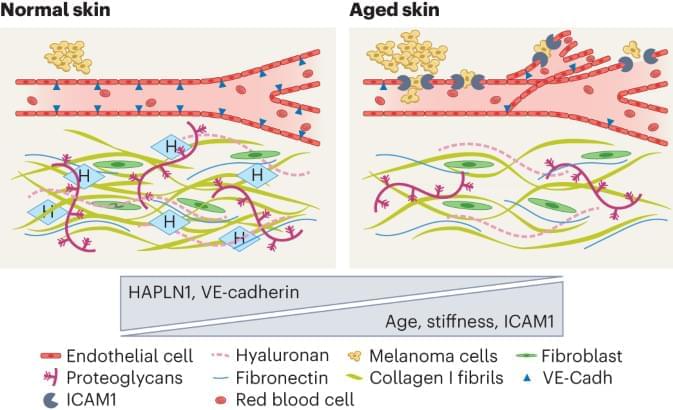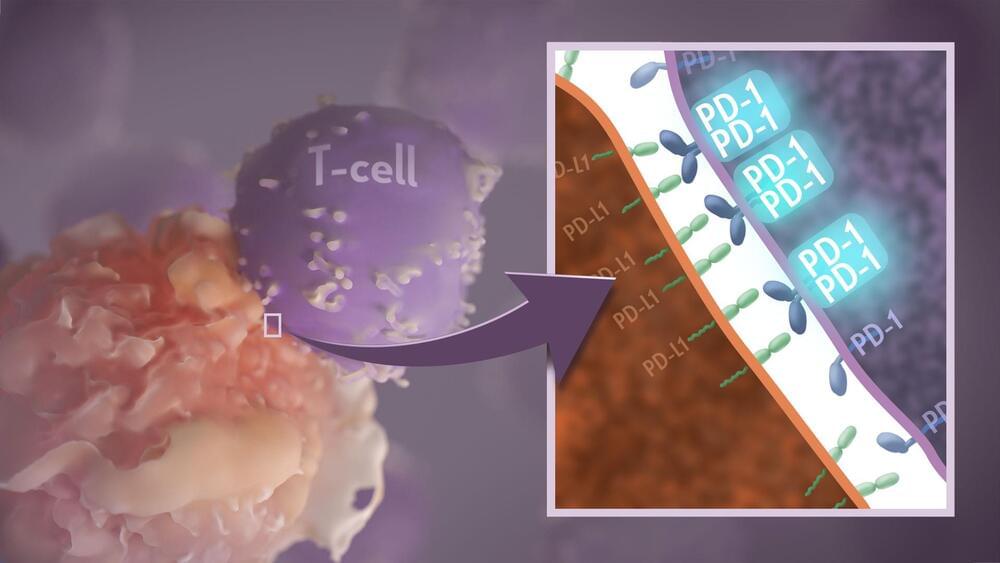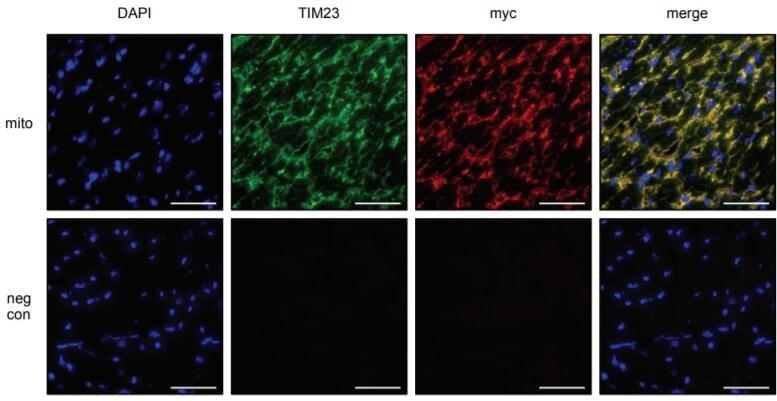Apr 13, 2024
Fresh Mitochondria as a Parkinson’s Treatment
Posted by Shubham Ghosh Roy in categories: biotech/medical, life extension, neuroscience
Scientists have tested a novel method of providing cells with healthy mitochondria to fight Parkinson’s disease [1].
Parkinson’s disease is the second-most prevalent neurodegenerative disorder, and it affects 10 million people worldwide. The disease is age-related, as its prevalence rises rapidly in people older than 65, although some people are diagnosed much earlier. Parkinson’s disease is characterized by both motor and mental problems: tremor, rigidity (stiffness), and slowness of movement along with memory and thinking deficits.
Parkinson’s disease is caused by the loss of dopamine-producing (dopaminergic) neurons in a brain region called the substantia nigra. Therapeutic options are limited, and some of the existing ones cause nasty side effects.


















